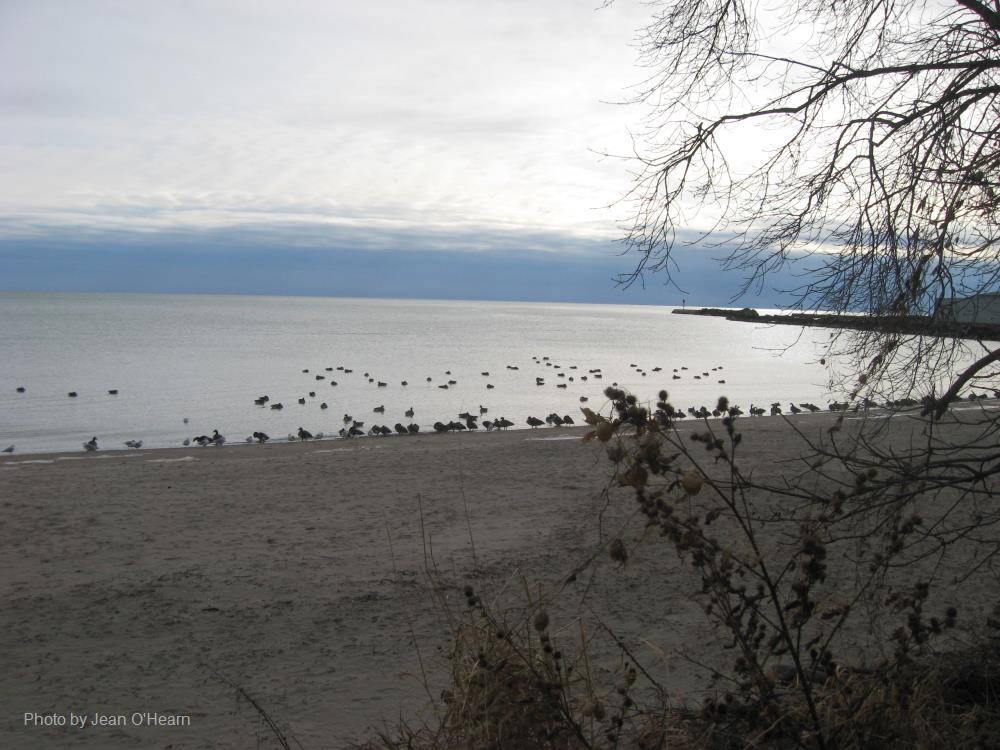
Related items loading ...
Section 1: Publication
Publication Type
Thesis
Authorship
Hergott, A.
Title
Prairie potholes as transformers on the landscape: Exploring the rates of planktonic nitrogen uptake, DNRA, and denitrification
Year
2022
Publication Outlet
University of Saskatchewan. Supervisors: Colin Whitfield
DOI
ISBN
ISSN
Citation
Hergott, A. 2022. Prairie potholes as transformers on the landscape: Exploring the rates of planktonic nitrogen uptake, DNRA, and denitrification. University of Saskatchewan. Supervisors: Colin Whitfield
Abstract
The Prairie Pothole Region of Canada is under substantial anthropogenic stress associated with climate change, land-use modification, and pollutant release. As food production demands increase in concert with the global population, the need for agricultural fertilizers to supplement plant growth has also increased. This, combined with other anthropogenic activity, has caused an accumulation of nitrogen (N) compounds in managed and natural aquatic ecosystems which pose a significant threat to biodiversity, water quality, and human health. Prairie pothole wetlands have high nutrient holding and transformation capacity and may help to offset the risk of downstream nutrient export and pollution through many transformative biogeochemical processes, thereby retaining N on the local landscape. The goal of this research was to quantify the rates of planktonic uptake, denitrification, and dissimilatory nitrate reduction to ammonium (DNRA) across a gradient of parameters observed in pothole wetlands. Planktonic uptake was rapid, reaching a maximum rate of 16,100 µg N L−1 hr−1 at ambient concentrations, and displayed a preference for NH4+. Additionally, uptake was prevalent across light and dark conditions, suggesting bacteria may play a larger role in pelagic N cycling than previously thought. Benthic NO3– reduction was dominated by DNRA, reaching a maximum rate of 0.756 µg N g–1 hr–1, while comparatively low rates of denitrification were occurring, reaching a maximum of 0.014 µg N g–1 hr–1. This research is one of the first to quantify pelagic and benthic N cycling in prairie potholes. The rapidity at which N cycling via uptake and DNRA occurs highlights the importance of potholes as transformers on the landscape, capable of harnessing and recycling N within the system. However, anthropogenic inputs and modifications can alter the rates of transformations and retention capacity of potholes. With the looming threat of climate change that may bring more extreme weather events, continued nutrient inputs, and widespread wetland drainage that increases the frequency of hydrologic connectivity necessary for nutrient export, it is imperative that we recognize the role of pothole wetlands for healthy water resources, including their capacity to transform N on the landscape.
Plain Language Summary
Section 2: Additional Information
Program Affiliations
Project Affiliations
Submitters
Publication Stage
N/A
Theme
Presentation Format
Additional Information
Masters, University of Saskatchewan, Prairie-Water


 GWFNet
GWFNet Master
Master Data
Data Research
Research Map
Map
 Advanced
Advanced Tools
Tools
 . . .
. . .
 Metadata Editor
Metadata Editor
 Record List
Record List
 Alias List Editor
Alias List Editor
 Legacy sites
Legacy sites